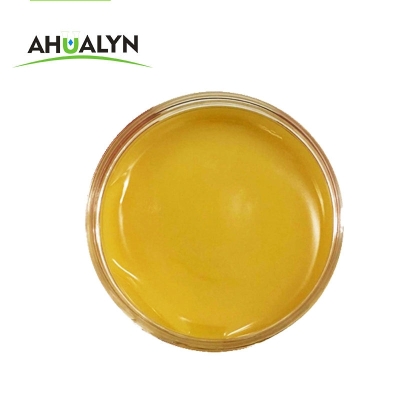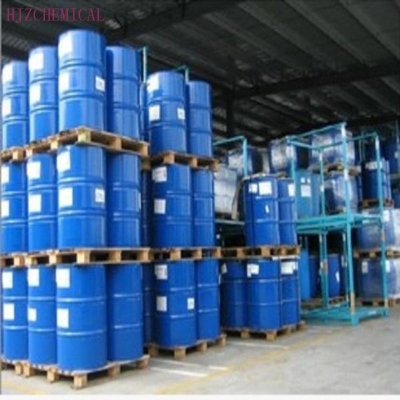-
Categories
-
Pharmaceutical Intermediates
-
Active Pharmaceutical Ingredients
-
Food Additives
- Industrial Coatings
- Agrochemicals
- Dyes and Pigments
- Surfactant
- Flavors and Fragrances
- Chemical Reagents
- Catalyst and Auxiliary
- Natural Products
- Inorganic Chemistry
-
Organic Chemistry
-
Biochemical Engineering
- Analytical Chemistry
- Cosmetic Ingredient
-
Pharmaceutical Intermediates
Promotion
ECHEMI Mall
Wholesale
Weekly Price
Exhibition
News
-
Trade Service
Although lithium-ion batteries that store energy are cheap and last, electric cars simply can't go very far
without a generator to charge them.
Even with modern technology, batteries take at least 20 minutes to charge, making it difficult for electric cars to truly compete
with gasoline and diesel cars.
According to reports, researchers have experimented with graphene, or will replace lithium batteries, reduce charging time, and lead electric vehicles into a new era
.
Dr.
Lu from the Gwangju Institute of Science and Technology in South Korea has made the latest research on graphene, a modern ideal material, hoping to commercialize the experimental results and solve the battery problem
.
Strictly speaking, Dr.
Lu and his colleagues are studying supercapacitors rather than batteries, a device
that combines electrolyte similar to that found in batteries with ordinary capacitors.
Supercapacitors are not a new idea
.
Graphene is a two-dimensional material with a thickness of only one carbon atom, which is especially suitable for making batteries
.
Graphene can be used to make supercapacitors, which carry more energy
than lithium-ion batteries.
Dr.
Lu's problem is how to use graphene in supercapacitors and rationalize industrial production
.
His solution was to control the graphite fragments
that had been blown up by the explosion.
Graphite is formed by stacking layers of planar carbon atoms arranged in a honeycomb orderly manner, and the interlayer force of graphite is weak, and it is easy to peel off each other to form thin graphite sheets
.
When the graphite flakes are stripped into a single layer, this single layer with only one carbon atom thickness is graphene
.
12Next View full article
Although lithium-ion batteries that store energy are cheap and last, electric cars simply can't go very far
without a generator to charge them.
Even with modern technology, batteries take at least 20 minutes to charge, making it difficult for electric cars to truly compete
with gasoline and diesel cars.
According to reports, researchers have experimented with graphene, or will replace lithium batteries, reduce charging time, and lead electric vehicles into a new era
.
Dr.
Lu from the Gwangju Institute of Science and Technology in South Korea has made the latest research on graphene, a modern ideal material, hoping to commercialize the experimental results and solve the battery problem
.
Strictly speaking, Dr.
Lu and his colleagues are studying supercapacitors rather than batteries, a device
that combines electrolyte similar to that found in batteries with ordinary capacitors.
Supercapacitors are not a new idea
.
Graphene is a two-dimensional material with a thickness of only one carbon atom, which is especially suitable for making batteries
.
Graphene can be used to make supercapacitors, which carry more energy
than lithium-ion batteries.
Dr.
Lu's problem is how to use graphene in supercapacitors and rationalize industrial production
.
His solution was to control the graphite fragments
that had been blown up by the explosion.
Graphite is formed by stacking layers of planar carbon atoms arranged in a honeycomb orderly manner, and the interlayer force of graphite is weak, and it is easy to peel off each other to form thin graphite sheets
.
When the graphite flakes are stripped into a single layer, this single layer with only one carbon atom thickness is graphene
.
12Next View full article
12Next View full article






